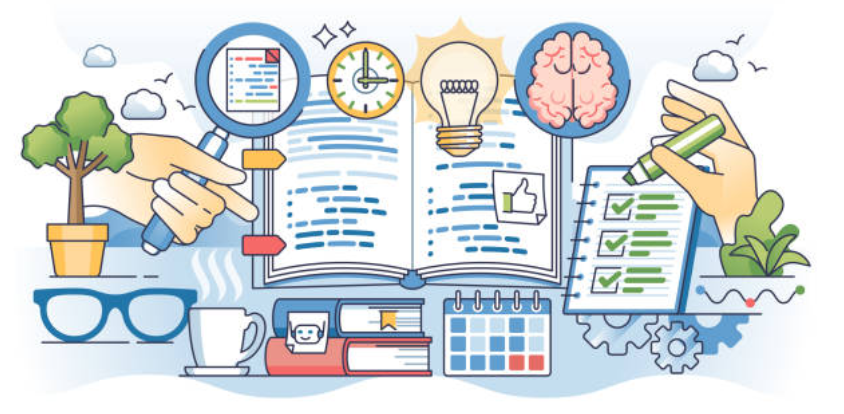Do You Know the Smartest Study Techniques Backed by Science
#SmartStudyTips, #StudyHacks, #BackedByScience, #ActiveRecall, #SpacedRepetition, #FeynmanTechnique, #StudentSuccess, #LearningHowToLearn, #MemoryTechniques, #PomodoroMethod, #ExamPreparation, #EducationMatters, #Smartest
KNOWLEDGE & EDUCATION
7/27/20252 min read


Do you ever wonder why some students retain everything they read while others struggle? It’s not always about IQ—it’s about how you study. Science has identified powerful, evidence-based techniques that improve learning, retention, and recall. Let’s explore the smartest study methods backed by research.
1. Spaced Repetition
Instead of cramming, space your learning over time.
Based on the spacing effect, first studied by Hermann Ebbinghaus.
Reviewing material at increasing intervals helps shift information to long-term memory.
Use apps like Anki or Quizlet to apply spaced repetition with flashcards.
✅ Why it works: It strengthens memory pathways through retrieval over time.
2. Active Recall
Instead of re-reading, test yourself.
Close your book and try to recall what you’ve just learned.
Create questions and answer them without looking.
Practice with mock tests regularly.
✅ Why it works: Active recall forces your brain to retrieve, which reinforces memory more than passive review.
3. Interleaving
Don’t stick to one subject for too long.
Mix different topics or types of problems in one study session.
For example, switch between math problems, history facts, and science concepts.
✅ Why it works: It trains your brain to distinguish between types of problems, improving flexibility and understanding.
4. The Feynman Technique
If you can’t explain it simply, you don’t understand it.
Pick a concept → Try to explain it in simple words as if teaching a child.
Identify gaps → Go back and study those areas.
Repeat until your explanation is clear.
✅ Why it works: Simplifying information forces deep understanding.
5. Dual Coding
Use both words and visuals.
Convert notes into mind maps, diagrams, or infographics.
Watch educational videos while taking notes.
Create flashcards with images and keywords.
✅ Why it works: Combining visual and verbal information enhances learning by using different parts of the brain.
6. Retrieval Practice
Frequent quizzes—not just for testing, but for learning.
Try “brain dumps” where you write everything you know about a topic.
Use practice questions or quiz apps.
✅ Why it works: Retrieval strengthens the memory and reveals what you really know (and don’t).
7. Elaboration
Ask: Why? How? What if?
Connect new information to what you already know.
Explore real-life applications of what you're studying.
✅ Why it works: Adding layers of meaning makes facts more memorable.
8. Pomodoro Technique
Study in focused sprints.
25 minutes study → 5-minute break (repeat 4 times)
After 4 sessions, take a longer 15-30 minute break.
✅ Why it works: It helps maintain focus and prevents burnout.
9. Sleep and Exercise
Your brain needs fuel and rest.
Sleep helps consolidate memories.
Exercise improves focus, mood, and cognitive ability.
Don’t sacrifice rest for last-minute studying.
✅ Why it works: A healthy brain learns faster.
10. Avoid Multitasking
Switching between apps, chats, and videos disrupts concentration.
Use the “focus mode” on phones or apps like Forest or Cold Turkey.
One task at a time = faster and deeper learning.
✅ Why it works: Multitasking reduces productivity and memory retention.
11. Use “Desirable Difficulty”
Make learning just a bit challenging.
Don’t aim for comfort—aim for growth.
Struggle to retrieve or apply knowledge = deeper learning.
✅ Why it works: Challenges activate cognitive effort, improving memory encoding.
Conclusion
Smart studying isn’t about spending more hours—it’s about using the right techniques. By incorporating active recall, spaced repetition, visual learning, and deep engagement, you can study less and remember more. Science shows us the way—now it’s your turn to apply it!
Knowledge
Empowering minds with reliable educational content daily.
Newsletter Signup
© 2025 DoYouKnow. All rights reserved.
Stay Ahead of the Trends – Join Our Newsletter
